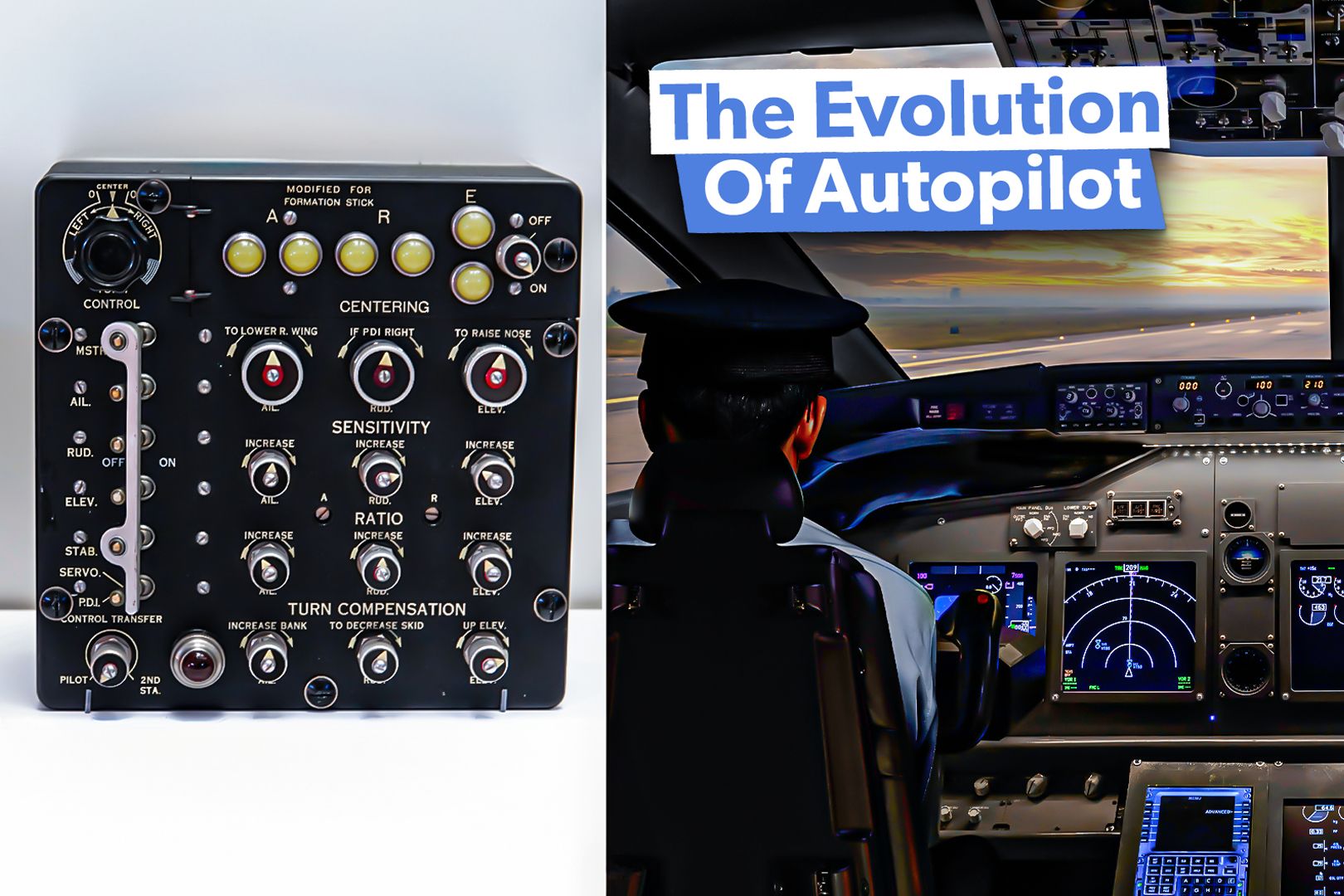Quick Links The early history of the autopilot Commercial development of autopilot systems Modern-day flight control systems Moving towards greater automation and autonomy One of the highlights of the Farnborough Airshow in July was the introduction by Embraer of its new Embraer Enhanced Takeoff System or E2TS. It’s a world-first automated takeoff system that uses inputs from three flight control computers and four smart probes, allowing an aircraft to take off by itself by automating the rotation and controlling the aircraft's pitch for a more efficient elevation. The rationale behind E2TS is efficiency.
With a more efficient takeoff, aircraft can fly further, carry higher payloads, or use less thrust (and therefore less fuel) on takeoff. This is also notable because until now, takeoff was the only operation of an aircraft that an autopilot didn’t cover. In essence, the industry is conquering the final frontier of autopilots.
So, let’s take a moment to look back at the emergence of autopilots and their evolution over the years. Embraer's new automatic takeoff system is not just for E-Jets. The early history of the autopilot American aviation pioneer Lawrence Sperry, who would go on to claim fame for landing his aircraft on the Capitol Plaza in Washington, DC, is credited as the creator of the first successful autopilot .
Demonstrated for the first time in Paris in 1914, just seven years after the first powered flight, Sperry’s invention was known as a gyroscopic auto.


















